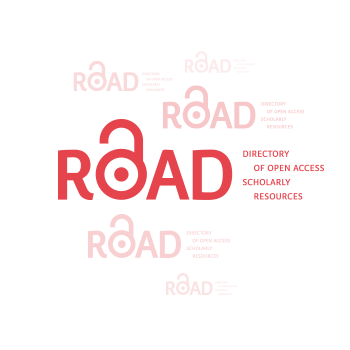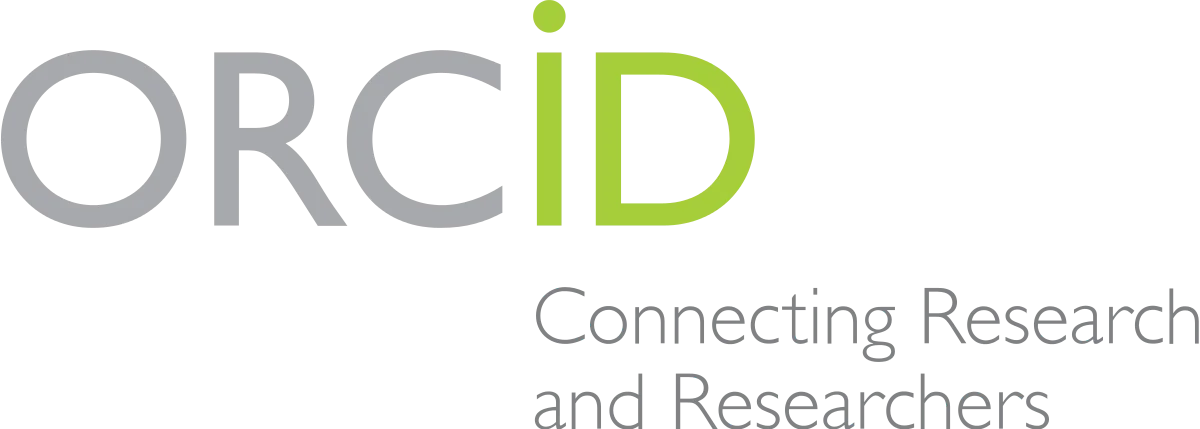Innovación Pedagógica para Fomentar la Creatividad y el Pensamiento Crítico
Resumen
Este artículo investiga cómo la innovación pedagógica puede fomentar la creatividad y el pensamiento crítico en la educación. Se realizó un estudio mixto con estudiantes de [nivel educativo] utilizando prácticas innovadoras como proyectos de investigación y debates dirigidos. Los resultados muestran un aumento significativo en las habilidades creativas y de pensamiento crítico de los estudiantes después de la intervención. Se destacan la importancia de la motivación y el compromiso del estudiante en el proceso de aprendizaje. Este estudio resalta el potencial de la innovación pedagógica para mejorar el desarrollo integral de los estudiantes.
Descargas
Citas
Amabile, T. M. (1996). Creativity in context: Update to "the social psychology of creativity." Westview Press.
Andreou, A. Generative AI Could Help Solve the U.S. Mental Health Crisis. Psychology Today. Available online: https://www.psychologytoday.com/au/blog/the-doctor-of-the-future/202303/generative-ai-could-help-solve-the-us-mental-health-crisis
Brookfield, S. D. (2012). Teaching for critical thinking: Tools and techniques to help students question their assumptions. Jossey-Bass.
Craft, A. (2005). Creativity in schools: Tensions and dilemmas. Routledge.
Cruz Rosas, J., & Oseda Gago, D. (2022). Design thinking en la creatividad de los estudiantes de administración de empresas, en una universidad de Trujillo – 2020. Emergentes - Revista Científica, 2(1), 57–70. https://doi.org/10.37811/erc.v1i2.13
Chavarría Oviedo, F. A., & Avalos Charpentier, K. (2022). English for Specific Purposes Activities to Enhance Listening and Oral Production for Accounting . Sapiencia Revista Científica Y Académica , 2(1), 72–85. https://doi.org/10.61598/s.r.c.a.v2i1.31
Ennis, R. H. (1987). A taxonomy of critical thinking dispositions and abilities. In Teaching thinking skills: Theory and practice (pp. 9-26). Lawrence Erlbaum Associates, Inc.
Creswell, J. W., & Creswell, J. D. (2017). Research design: Qualitative, quantitative, and mixed methods approaches. Sage Publications.
Halpern, D. F. (2014). Thought and knowledge: An introduction to critical thinking. Psychology Press.
López Vargas, G., & Rodríguez García, J. C. (2021). Enfermería en Contexto de Trabajo en Salud Pública en América Latina. Revista Científica De Salud Y Desarrollo Humano, 2(1), 51–66. https://doi.org/10.61368/r.s.d.h.v2i1.14
Mishra, P., & Koehler, M. J. (2006). Technological pedagogical content knowledge: A framework for teacher knowledge. Teachers College Record, 108(6), 1017-1054.
Martínez Pérez , S. I. (2022). La Protección de la Propiedad Intelectual y la Piratería en Línea. Estudios Y Perspectivas Revista Científica Y Académica , 2(1), 74–95. https://doi.org/10.61384/r.c.a.v2i1.10
Paul, R., & Elder, L. (2006). Critical thinking: The nature of critical and creative thought. Journal of Developmental Education, 30(2), 34-35.
Sawyer, R. K. (2012). Explaining creativity: The science of human innovation. Oxford University Press.
Robinson, K. (2011). Out of our minds: Learning to be creative. Capstone.
Sawyer, R. K. (2012). Explaining creativity: The science of human innovation. Oxford University Press.
Trilling, B., & Fadel, C. (2009). 21st century skills: Learning for life in our times. John Wiley & Sons.
Wagner, T. (2008). The global achievement gap: Why even our best schools don’t teach the new survival skills our children need—and what we can do about it. Basic Books.
Derechos de autor 2024 Karin Rosalia Medina Mejia

Esta obra está bajo licencia internacional Creative Commons Reconocimiento 4.0.











.png)




















.png)
1.png)


